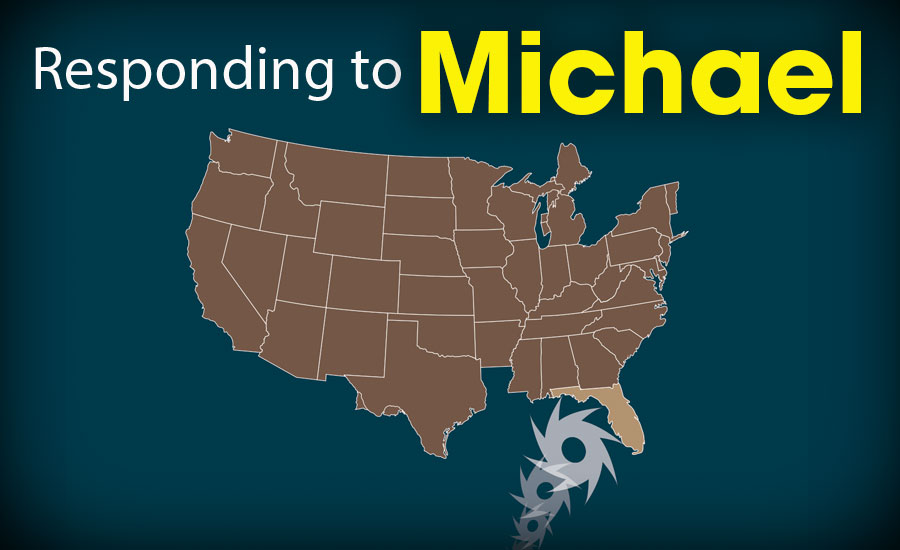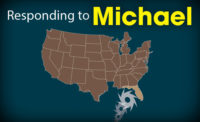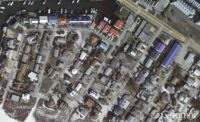Responding to Hurricane Michael
$13.4 billion estimated reconstruction cost of homes at risk of storm surge damage.

One month ago, the industry mobilized to respond to the Carolinas as the massive Hurricane Florence barreled toward the coast. That storm weakened significantly by the time it made landfall, yet the Category 1 storm still caused between $20 and $30 billion in damage, according to CoreLogic. Most of that damage is from flood and wind losses.
Early Storm Surge Damage Estimates
Now, as I write this on the afternoon of Tuesday, Oct. 9, we are within about 24 hours of another major storm making landfall in the U.S. – Hurricane Michael. Right now, meteorologists are forecasting Michael to continue gaining strength in the Gulf of Mexico as it heads toward the Florida Panhandle, and expect the storm to be a Category 3 when it makes landfall near Panama City around 1 p.m. ET on Wednesday, Oct. 10.
Today, Florida Gov. Rick Scott warned Hurricane Michael could bring historic storm surge of between 8 and 12 feet. According to the most recent data from CoreLogic, the storm surge alone from Michael puts 57,000 homes at risk. The reconstruction cost value of those affected properties alone is over $13 billion.
“Hurricane-driven storm surge can cause significant property damage when high winds and low pressure cause water to amass inside the storm, releasing a powerful rush over land when the hurricane moves onshore,” stated CoreLogic in their latest report.
Evacuations Underway
Mandatory evacuation orders went into place Tuesday morning for about 120,000 people in Panama City Beach, and other low-lying areas along the coast. Further inland, there is voluntary evacuation for those in vulnerable housing – like mobile homes.
In Tallahassee, the airport will close at midnight and potentially not resume operations until 8 a.m. ET Thursday morning. Flight cancellations are already beginning today in and out of the affected region.
For restorers heading toward the affected areas, tropical storm-force winds will extend nearly 200 miles from Hurricane Michael’s center, spreading across multiple states and likely causing a lot of damage.
Tips for Restorers Responding to Michael
During Preparing to Respond last week in Palm Harbor, Fla., restoration industry experts offered a number of tips for companies preparing to respond to the next big disaster – like Hurricane Michael. Here are a few quick tips for companies thinking about mobilizing to affected areas:
-
Have an ally. If you haven’t done storm work before, now is a good time to tap into relationships you may have with fellow contractors already in the affected area. Could they use your company’s help as their job numbers increase drastically?
-
All about logistics. Don’t just head to the area without a plan. Where will you and your crew sleep? Where will you get fuel? Do you have the equipment you need? If not, where will you get it? And, will the affected infrastructure in the region potentially prevent or hinder you from getting the equipment you need to be successful?
- Evaluate carefully. You probably won’t want to take on every job you come across. Know how to have conversations with property owners about how the work will be paid, and know how to evaluate their insurance policy to know if the damage will be covered.
Keep checking back with R&R for the latest on Hurricane Michael and restoration efforts!
Looking for a reprint of this article?
From high-res PDFs to custom plaques, order your copy today!









